Description
What is a 4G LTE Antenna Flexible PCB Antenna?
The 4G LTE Antenna Flexible PCB Antenna CTRF-ANTENNA-FPC-7027-6008-IPEX is an embedded flex PCB antenna adhesive mount, a 60x8mm compact size, 5dBi gain, Ipex connector, omnidirectional dipole antenna manufactured by C&T RF Antennas Inc for 4G LTE wireless connections.
What does a 4G LTE antenna do?
An antenna specifically is the electronic component to NB-IoT, 4G LTE, and 3G cellular, digital, or WiFi signal reaching your device, vehicle, or other terminals.
What is 4G LTE?
4G (the fourth-generation mobile communication technology standard) is an extension of 3G. According to the definition of the International Telecommunication Union, the static transmission rate can reach 1Gbps, and the user can reach 100Mbps in the state of high-speed movement, which can be used as a 4G technology.
LTE Advanced (Long-Term Evolution Technology Upgrade):
Peak rate: 1Gbps downlink, 500Mbps uplink. It is the first batch of 4G standards recognized by the International Telecommunication Union and the only mainstream 4G standard.
WiMAX Advanced (Global Interoperability for Microwave Access Upgrade):
Dominated by WiMAX Forum, the maximum rate of receiving downlink and uplink can reach 300Mbps, and it can reach 1Gbps at static fixed-point reception.
TD-LTE-Advanced:
China’s new generation of mobile communication technology with independent intellectual property rights, with a peak rate exceeding 1Gbps.
Both 4G and LTE technologies can use two different network standards, TD-LTE and FDD-LTE.
TD-LTE is a kind of LTE international standard led by China; FDD-LTE is a kind of LTE international standard led by Europe.
TDD and FDD are two different duplex methods: TDD (Time Division Duplex) refers to Time Division Duplex, i.e. the way of dividing the channel by time;
FDD (Frequency Division Duplex) is Frequency Division Duplex, i.e. the bandwidths of the two carriers are used separately, to achieve bidirectional transmission of signals. Their main differences are as follows:
Flexibility
TDD: Transmission and reception share a common RF frequency point, and the uplink and downlink use different time slots for communication.
FDD: The sender and receiver use different RF frequency points for communication.
FDD uplink and downlink frequency bands must be symmetrical, uplink free resources can not be used for downlink; while TDD can flexibly allocate uplink and downlink resources to achieve resource saving. In the present situation of tight frequency resources, TDD is obviously more advantageous.
Rate
In terms of rate, TDD is not as good as FDD, because under the TDD system, a certain time interval needs to be set aside to distinguish between uplink and downlink services, which is called the protection interval, and no data is transmitted during the protection interval, so the data transmission rate will be reduced.
In addition, TDD uplink and downlink need to share the bandwidth, FDD is uplink and downlink exclusive bandwidth, in the case of the same bandwidth, FDD uplink and downlink rate are significantly higher than TDD.
Channel reciprocity
The BTS evaluates channel quality by channel reciprocity. Reciprocity means that when the channel quality of the uplink and downlink is the same, the base station only needs to evaluate the uplink channel quality (the downlink channel quality is the same as the uplink).
TDD uplink and downlink are transmitted on the same frequency band, and the channel quality is naturally the same; FDD uplink and downlink are transmitted on two frequency bands, and cannot be evaluated using channel reciprocity.
The 4G LTE Antenna Embedded Flex PCB Antennas are supplied by C&T RF Antennas Inc, the internal-external antennas 2G 3G 4G 5G 6G antennas manufacturer in China.
C&T RF Antennas Inc provides RF antennas with PCB & Flex PCB & Omni antenna types, covering the below frequencies:
5G NR PCB Antennas, LTE PCB Antennas, GSM PCB Antennas, Wifi PCB Antennas, NB-IoT PCB Antennas, LoRa PCB Antennas, GPS PCB Antennas;
5G NR FPC Antennas, 4G FPC Antennas, 3G FPC Antennas, NB-IoT FPC Antennas, Wifi FPC Antennas, GPS FPC Antennas, LoRa FPC Antennas;
5G Omni Antennas, 4G Omni Antennas, Wifi Omni Antennas, LoRa Omni Antennas; etc.
Contact us for more information on the 4G LTE Antenna Embedded Flex PCB Antenna such as the 4G LTE Antenna Embedded Flex PCB Antenna datasheet, 4G LTE Antenna Embedded Flex PCB Antenna pricing, 4G LTE Antenna Embedded Flex PCB Antenna inventory, or other 4G LTE embedded antenna designs.
4G LTE Antenna Flexible PCB Antenna Specifications
4G LTE Antenna Flexible PCB Antenna Electrical Specifications |
|
| RF Antenna Type | Embedded FPC Antenna |
| Model | CTRF-ANTENNA-FPC-7027-6008-IPEX |
| Frequency | 700-960MHz, 1710-2700MHz |
| Gain | 3dBi/5dBi |
| VSWR | ≤2.0 |
| Impedance | 50 Ω |
| Polarization | Vertical Polarization |
| Cable Type | RG1.13 |
| Connector | U.FL/IPEX |
| Cable Length | 120mm |
| Lightning Protection | DC-Ground |
4G LTE Antenna Flexible PCB Antenna Mechanical Specifications |
|
| FPC Board Dimension | 60*8mm |
| Weight | Approx. 3g |
| Material | FPCB + RG Cable + U.FL connector |
| Operation Temperature | -40˚C ~ +85˚C |
| Storage Temperature | -40˚C ~ +80˚C |
| Color | Black |
| Antenna Design | Dipole Array |
| Mounting | Connector |
| SafetyEmission and other | RoHS Compliant |
| Applications | ISM/SCADA/Utilities, IoT/NB-IoT/LoRa, 2G/3G/4G/LTE/LTE-IoT/GSM/GPRS |
Embedded Flexible PCB / FPC Antenna Features
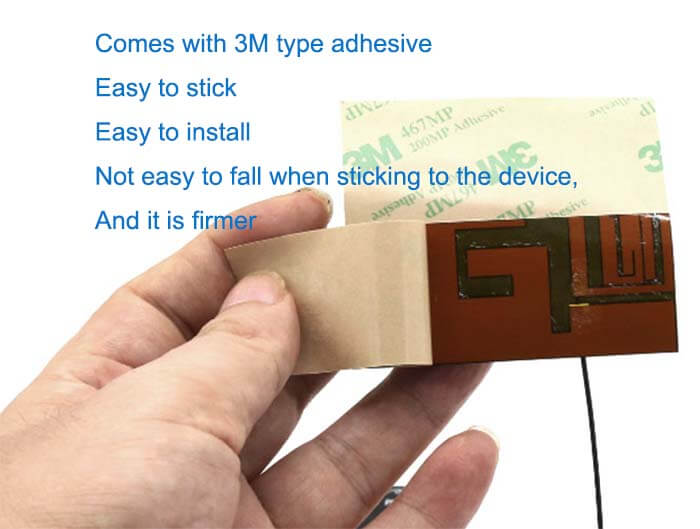
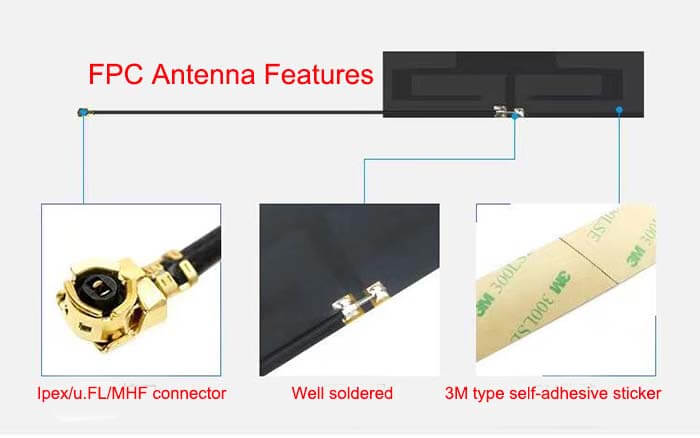
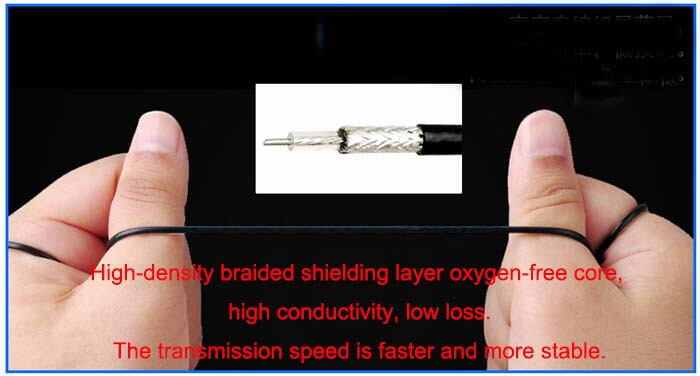
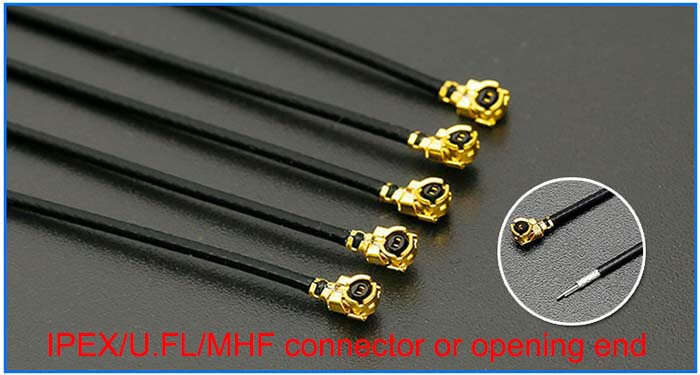
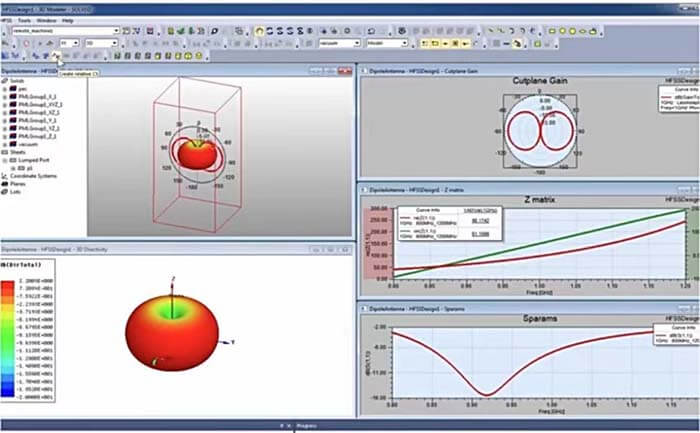
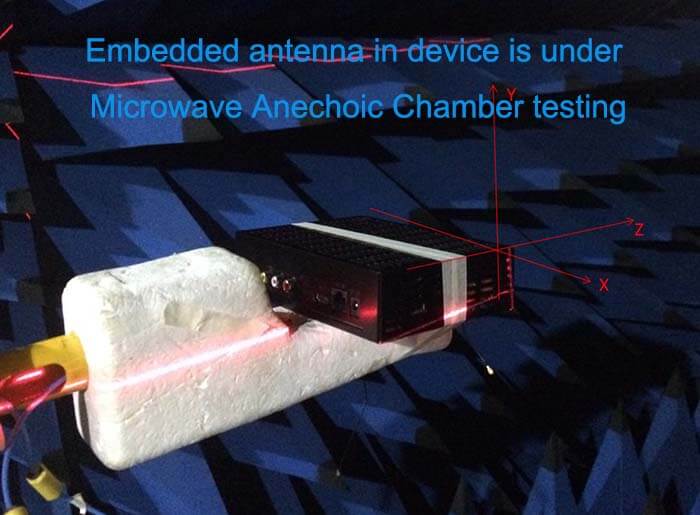
Customized Antenna Design
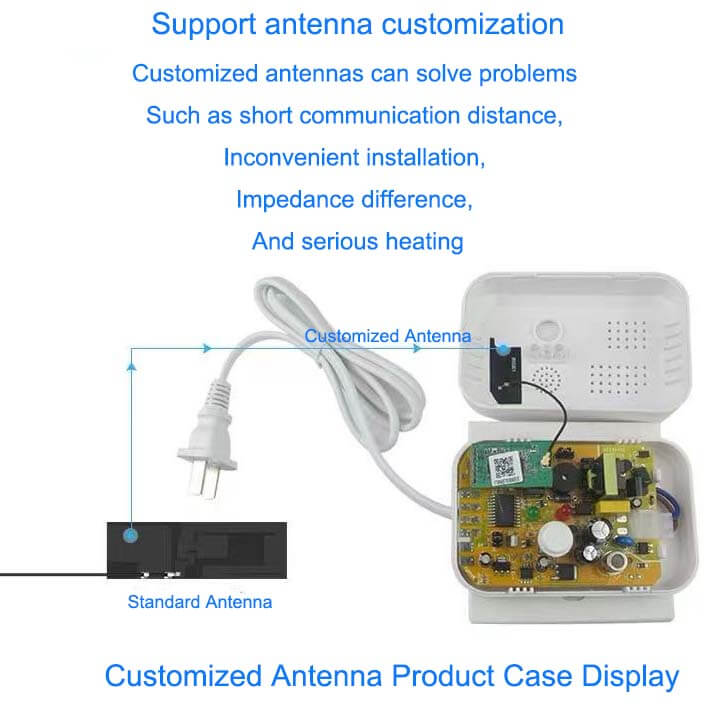
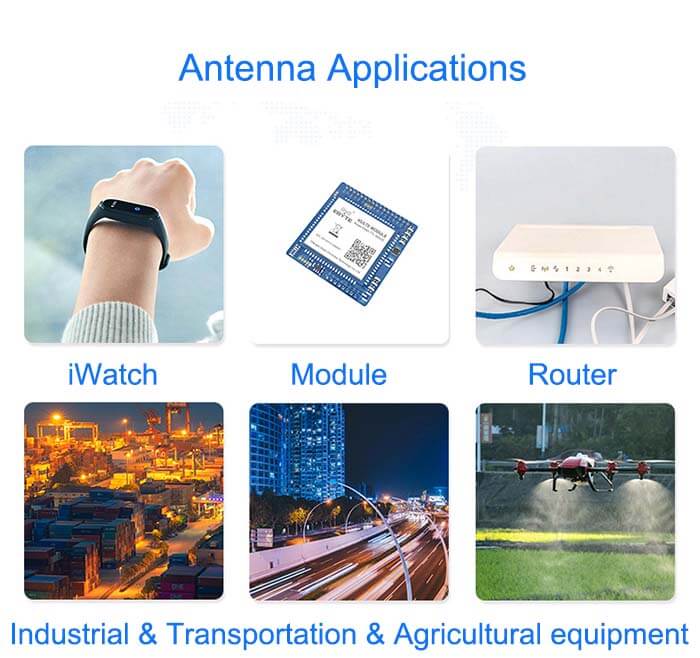

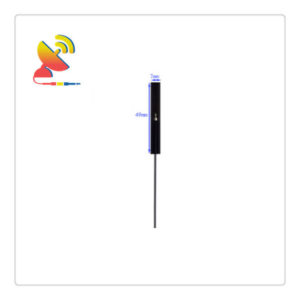
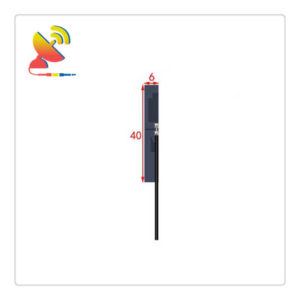
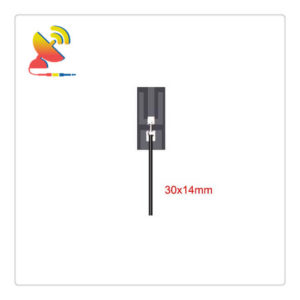
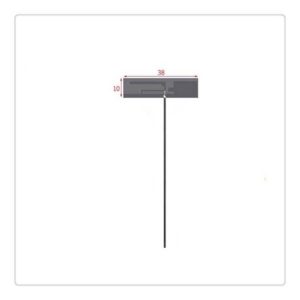
Reviews
There are no reviews yet.